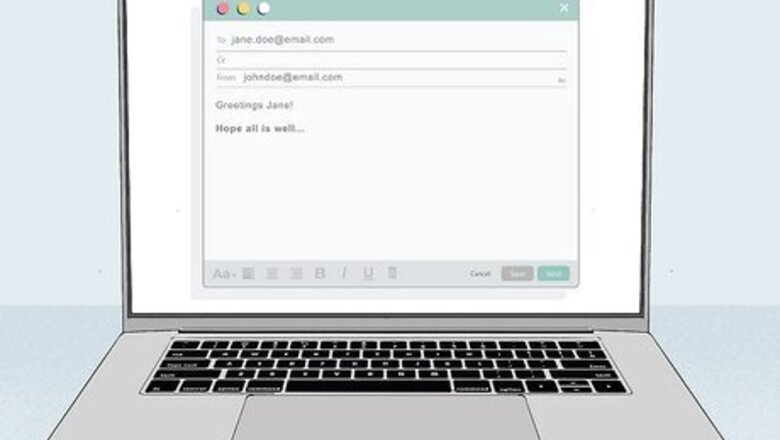
views
What does “hope all is well” mean?
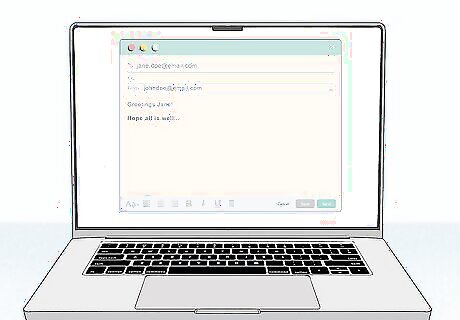
”Hope all is well” is used as a polite greeting in professional settings. “Hope all is well” means that the person wants to acknowledge how you’re doing and send you well wishes before getting into the meat of their message. People use it to politely start a message or sign off on an email. They may also use it in small talk to open a conversation. Small talk like "hope all is well" may seem unimportant, but it’s a good way to start making connections with people in the business world, learn their communication styles, and show them that you care.
How to Use “Hope All Is Well”
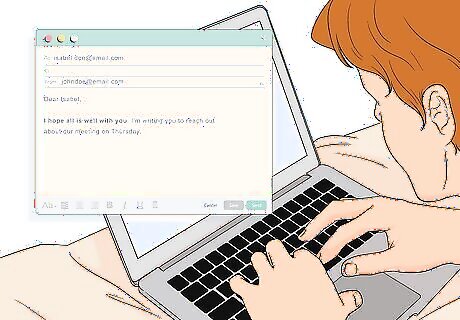
Use it as a greeting in an email. If you want to start out a message with a friendly tone, greet the person by saying “Dear [name], and tell them you hope all is well. For more formal situations, consider writing “I hope all is going well with you,” which feels less rushed than “hope all is well.” For example:Dear Isabel, I hope all is well with you. I’m writing you to reach out about our meeting on Thursday. You can also use “hope all is well” as an informal greeting to check up on someone who you’re closer with.Hey man, I haven’t heard from you in a long time. I hope all is well over there.
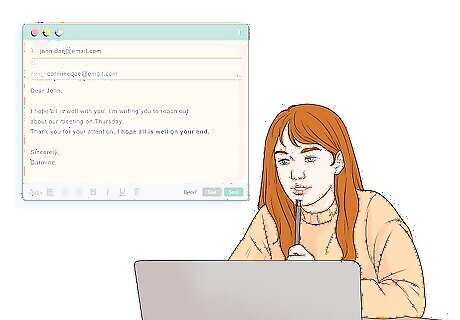
Use it as a sign off at the end of an email. “Hope all is well” is also commonly used as a way to close formal emails, so write it after the body of your message, then write “Best wishes,” “Sincerely,” or “Yours” before writing your name. For example:Thank you for your attention, I hope all is well on your end.Sincerely,Carmine.
How to Respond to “Hope All Is Well”

Say how you’re doing and ask how they are, too. “Hope all is well” doesn’t need a response, but it can be polite to briefly say how you’re doing and send a similar message back, like “hope you’re doing well, too.” In formal settings it’s generally just a piece of small talk to ease into the body of the message. I’m fine, thank you. I’m doing well. How are you? Thanks for asking. I’m a little under the weather but otherwise fine. I’m fine. I hope all is well with you, too. I appreciate your message. I hope you’re well, too.
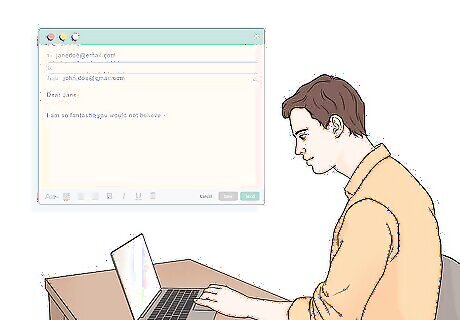
Say something unserious for informal messages. How you respond to emails depends on what kind of relationship you have with the person you’re writing to. If you’re messaging with close colleagues or friends, you can respond with something casual or a joke. Oh, I’ve seen better days, but I’m hanging on. I am so fantastic you would not believe. What can I say? I’m alive. I feel like a million bucks. My life’s been in tatters since the Orioles lost. I hope you’re hanging in there.
Alternatives to “Hope All Is Well”
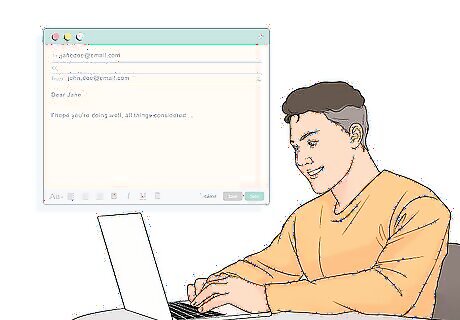
Acknowledge the present situation the person is in. Sometimes “hope all is well” can come off a little insincere, since it’s used so often. When the person you’re talking to is going through a hard time, or the world we live in is going through a dark era, consider adding an acknowledgement like “all things considered” after “hope all is well.” I hope all is well, given the state of things. I hope you’re doing well, all things considered.
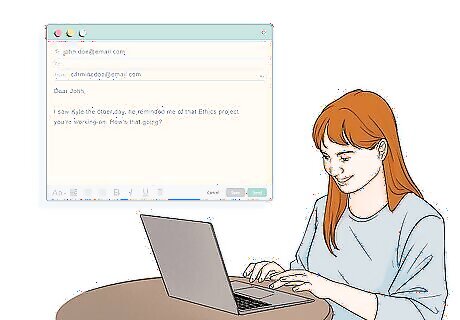
Add something specific that reflects your relationship. Bringing up previous interactions you’ve had with someone can make your emails seem warmer and more genuine. You can bring up when you last saw each other, things you’ve done together, or mutual friends. How have you been since the conference? I’ve been reading Star Maker since you told me about it, thanks for the great recommendation! I didn’t see you at our last town hall, I hope you’re doing all right. I saw Kyle the other day, he reminded me of that Ethics project you’re working on. How’s that going? I wanted to thank you for all the help you gave me with that last paper.
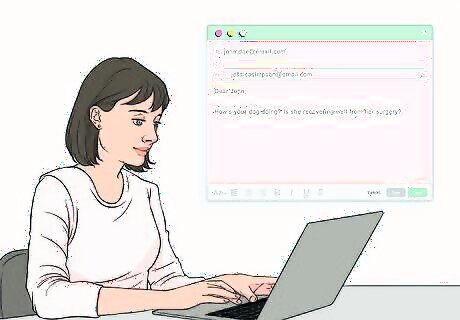
Ask about details of their life that they’ve shared with you. Remembering things that someone has said to you shows that you pay attention to their life and you care about them. Ask them about their families, partners, projects, and interests. How’s Martha doing? Have you finished The Poppy War yet? How’s your dog doing? Is she recovering well from her surgery? I loved your Business Insider piece, congratulations on getting it published.

Use humor if you know the person well. If you have a less formal relationship with someone, consider starting the email with an inside joke, funny line, or something unserious. Thank heavens it’s finally Friday! Long time, no talk, how’s everything going? Hey Janice, me again. Can I get your eyes on something? Good morning, Amber, I hope your coffee’s kicking in.

Jump to the body of the message in good working relationships. If you have a good, formal working relationship with someone you don’t always need to use a greeting. Instead you could ask a question, say why you’re reaching out, or thank them for their attention the last time you spoke. Dear John,I’m reaching out to you today to talk about sales last quarter. Dear Daniel,I was wondering if you could look over this paper for me. Dear Barbara,Thank you for meeting with me the other day.













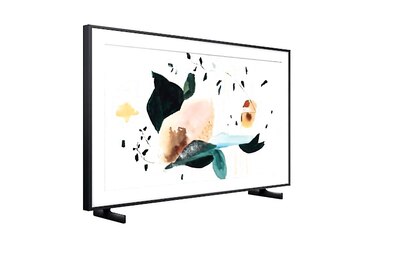




Comments
0 comment